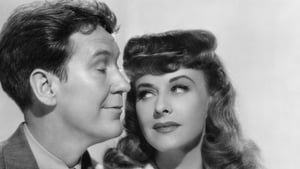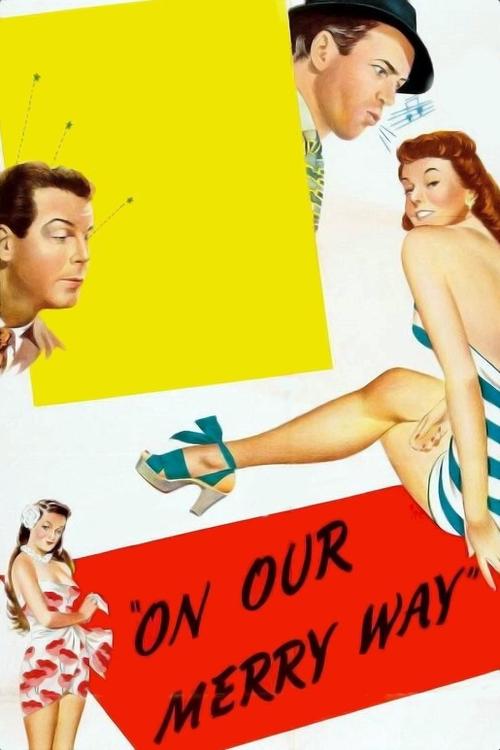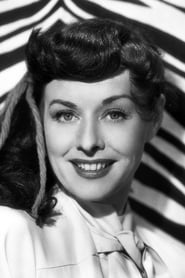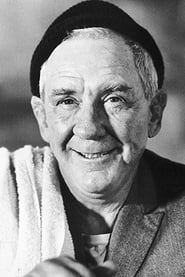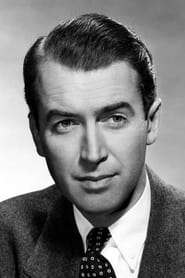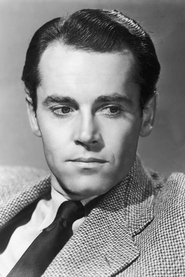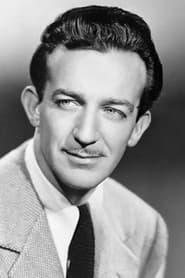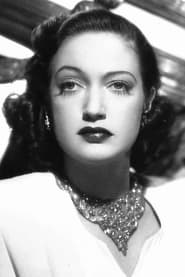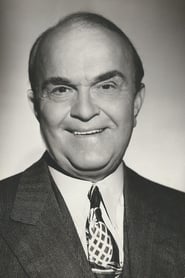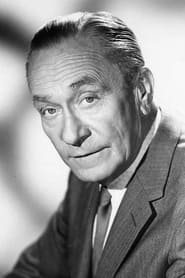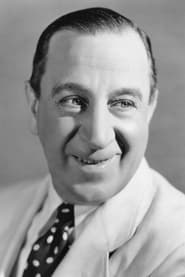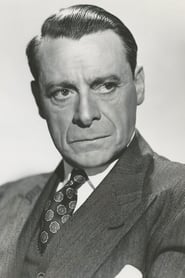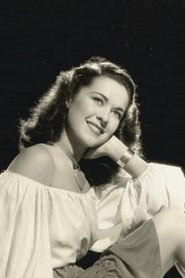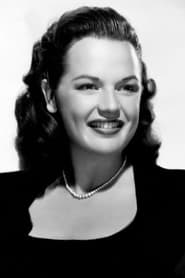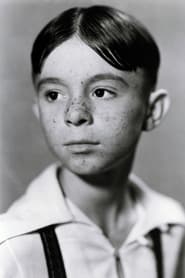Cast
View AllPaulette Goddard
as Martha Pease
Burgess Meredith
as Oliver M. Pease
James Stewart
as Slim
Henry Fonda
as Lank Solsky
Harry James
as Harry James
Dorothy Lamour
as Gloria Manners
Victor Moore
as Ashton Carrington
Fred MacMurray
as Al
William Demarest
as Floyd
Hugh Herbert
as Eli Hobbs
Charles D. Brown
as Mr. Sadd
Eduardo Ciannelli
as Maxim
Betty Caldwell
as Cynthia Robbs
Dorothy Ford
as Lola Maxim
Carl Switzer
as Leopold 'Zoot' Wirtz
Crew
Director
- Leslie Fenton
- King Vidor
Writer
- John O'Hara
Producer
- Benedict Bogeaus
- Burgess Meredith
Reviews
CinemaSerf
Burgess Meredith is quite good as the henpecked "Oliver Pease". He makes a career out of writing the lost pet notices for his local newspaper. One day, he manages to get the editor to let him do something more substantial and so he must ask three different people whether or not a child has ever changed their life. His first contributors are musicians "Slim" & "Lank" (James Stewart and Henry Fonda); then he asks "Gloria Manners" (Dorothy Lamour) and finally Fred MacMurray ("Al") and his pal "Floyd" (William Demerest). It seems that each of them have either made or lost their way as a result of experiences with children and we learn how each scenario plays out. Stewart/Fonda are on good form with some excellently synchronised musical fraud (and one gets a wetting); Eilene Jackson is Temple-esque as the rather odious "Peggy" and I personally would have shot the final brat of the three - "Zoot" (Carl Switzer) whose voice drove me mad right from the outset. It's not a great film this, the anthology nature doesn't always work and "Mrs. Pease" (Paulette Goddard) could have featured just a bit more - but it's as much a right of passage for the journalist as it is for any of the sprogs, and at times it is entertaining. It's probably most notable for the scene shot with Charles Laughton ending up on the cutting room floor! It was deemed too gritty for this otherwise fluffy affair.
Apr 4, 2022
Thematic Analysis
On Our Merry Way represents a fascinating example of Comedy/Music/Romance cinema, offering viewers a unique perspective on the human experience and societal structures. The film's approach to its themes demonstrates a creative vision that distinguishes it within its genre.
Director Leslie Fenton brings their distinctive visual style to this film, continuing their exploration of themes seen in their previous works while adding new elements. Their approach to pacing and visual storytelling creates a viewing experience that rewards close attention.
Released in 1948, the film exists within a cultural context that now offers viewers historical perspective on the social issues of that era. Its reception demonstrates the diverse reactions to its artistic choices and its place in cinema history.
Did You Know?
- The production of On Our Merry Way took approximately 13 months from pre-production to final cut.
- The final cut of the film runs for 107 minutes, though the director's initial assembly was reportedly 131 minutes long.
- Several scenes were filmed in multiple locations to capture the perfect setting.
- The film contains approximately 1837 individual shots.
- The director insisted on using practical effects whenever possible, reserving CGI for only the most necessary scenes.
Historical Context
- In 1948, when this film was released:
- The civil rights movement was gaining momentum in the United States.
- Rock and roll music was revolutionizing popular culture.
- The film industry was dominated by major studios, with independent cinema still in its early development.
How This Film Stands Out
While On Our Merry Way shares thematic elements with other films in its genre, it distinguishes itself through its unique approach to storytelling, visual style, and character development.
Unlike South of Dixie, which takes a more conventional approach to its subject matter, On Our Merry Way subverts genre expectations by exploring its themes with greater nuance.
While films like The Front Page and El Ayer y Nosotros explore similar territory, On Our Merry Way stands apart through its distinctive directorial vision and pacing.
This film's unique contribution to cinema lies in its bold artistic choices and willingness to challenge viewer expectations, making it a valuable addition to its genre.
Details
- Release Date: February 3, 1948
- Runtime: 1h 47m
Where to Watch


